The Expensive Illusion
Let’s get something straight: the purchase price is not the cost of a horse.
It’s just the down payment on a much bigger story.
New investors get dazzled by the number at the auction or private sale: ,000, 0,000, 0,000. It feels like that’s the number that matters. It’s visible. It’s flashy. It’s what people brag about.
But here’s what no one tells you: owning a horse is less about what you paid and more about what you’re going to pay every month to keep that horse moving forward.
If you don’t understand the burn rate, you’re not investing; you’re lighting matches.
And the matchbook runs out faster than you think.
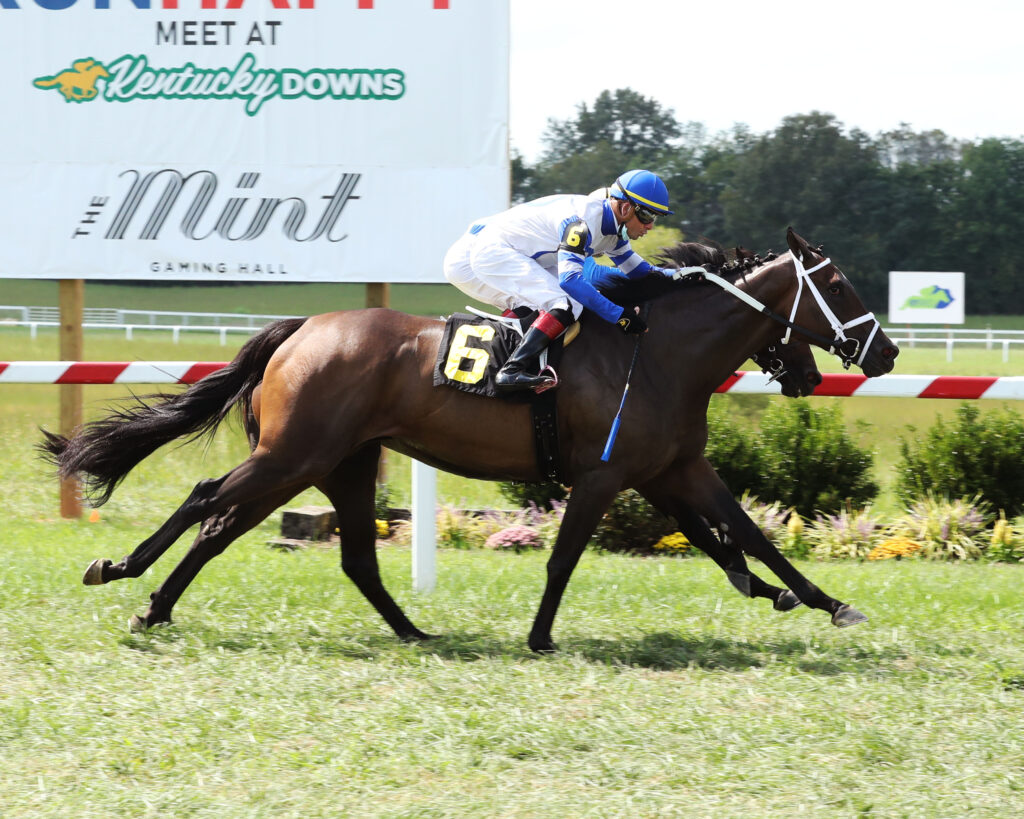
What It Really Costs to Run a Horse
So what does it take?
A single horse in full training will run you $3,500 to $6,500 per month depending on location, trainer and extras.
But that’s just the basics.
Add shipping between tracks or farms. Add vet bills (and trust me, there are always vet bills). Add farrier work, feed, dental, insurance, stakes nominations and miscellaneous emergencies. Add layups and downtime when your horse isn’t earning a dime.
At the end of the year, even a modest horse might cost ,000–,000 to campaign. One that’s traveling or running at the stakes level? Easily $100,000+.
Now multiply that by however many horses you own.
Ask This Before You Buy a Horse
Instead of asking, “What’s the price tag?” ask:
“What’s the annual burn rate on this horse and how long can I float it?”
That one question will save you six figures.
Before you buy, force the math. Look at training fees. Ask about vet history. Know the circuit they’re aiming for. Calculate logistics. Assume injury or downtime. Multiply by 12 months. Then add a buffer because the unexpected isn’t rare. It’s standard.
If the answer makes you sweat, you’re not ready to own. Lease. Partner. Wait.
But don’t buy blind.
The Burn Rate Rule of Thumb
Here’s a quick mental shortcut to vet a potential purchase:
(Purchase Price ÷ Monthly Burn) = Risk Horizon
If you buy a horse for $100,000 and it costs $5,000/month to maintain, you’ve got 20 months before upkeep surpasses purchase price.
In racing, that’s not a lot of runway.
Your job isn’t just to bet on talent. It’s to manage cash flow intelligently around uncertain outcomes. Burn rate is your risk compass. Ignore it and you’ll fly straight into a mountain.
Print this rule. Keep it in your phone. Apply it before every buy.
A Tale of Two Horse Buyers
Let’s say two investors each buy a 0,000 filly at the Keeneland sale.
Buyer A looks at her price tag, thinks “She’s a good deal,” and sends her to a trainer without asking about the cost structure.
Buyer B builds a 24-month cost forecast, budgets for downtime, aligns trainer incentives and sets hard stop-loss rules based on performance and value progression.
Sixteen months later, Buyer A’s out another 0K and still hoping for a maiden win. Buyer B sold her filly after two solid allowance runs, limiting downside and reallocating capital.
Guess who’s still in the game and who’s explaining sunk costs over dinner?
How to Build a “Burn Budget” Before You Buy
Want to stop making blind buys? Start building a burn budget.
Here’s how:
- Estimate Monthly Fixed Costs: Include training, board, staff and standard vet/farrier fees.
- Layer in Variable Risks: Add a line item for shipping, injury rehab, special treatments, layups.
- Include Opportunity & Exit Costs: What happens if the horse doesn’t run? Or doesn’t sell?
- Add 15–20% Buffer: Unexpected expenses are the rule, not the exception.
Now back into the total cost per year.
If you’re not ready to absorb that without strain or without compromising your ability to invest again, walk away.
Partnerships Won’t Save You If You’re Clueless
Many first-time buyers think they can spread risk by joining a syndicate or a small partnership.
That’s fine, in theory. But shared ownership doesn’t eliminate the burn rate. It just hides it.
Worse, in many syndicates, you’re not in control. You might not know the true monthly spend, the actual vet reports or why decisions are being made. That means you’re just trusting someone else with your capital blindfolded.
Before you sign anything, ask:
- What’s the monthly cost per owner?
- How is it reported?
- Who approves large expenses or management changes?
Partnerships should reduce exposure not reduce responsibility.
The Real Win Is Strategic Longevity
Anyone can get lucky once. But if you want to be around long enough to catch real upside, graded stakes runners, stallion deals, commercial flips, you need durability.
Durability comes from staying solvent.
Smart owners budget for multiple horses over multiple years. They operate with frameworks, not feelings. They ask hard questions. They know cash preservation matters as much as cash upside.
Because this game isn’t just about picking winners. It’s about avoiding the slow bleed of capital that kills most investors before they get a chance to learn from their early mistakes.
Three Moves to Make Today
If you’re serious about becoming a strategic horse investor, here’s what to do next:
- Build a 12-Month Burn Model: Use your actual trainer’s rates. Add realistic vet estimates. If you don’t know, call and ask.
- Run the Numbers on One Horse: Don’t buy anything until you know what that single horse will cost to carry for 18–24 months.
- Pre-Commit to an Exit Strategy: Before you buy, write down when you’ll cut bait: performance benchmarks, timelines, resale triggers.
No guessing. No hoping. Just real strategy.
The Bottom Line
Anyone can buy a horse.
Smart investors ask what it takes to keep that horse moving forward and whether they’re prepared to carry it through the inevitable valleys.
Burn rate isn’t a detail. It’s the business model.
So stop obsessing over purchase prices. Build your plan around the real costs.
Because in this game, the headline is never the whole story.
But if you know how to read between the lines?
You’ll win more than just races.
You’ll stay in the game long enough to matter.
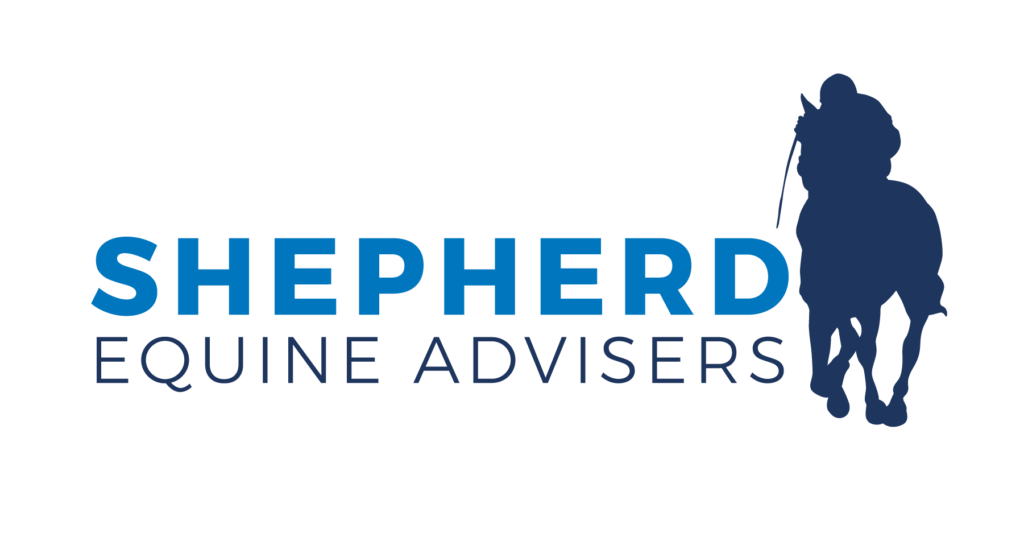



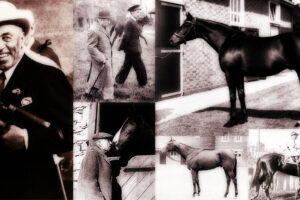
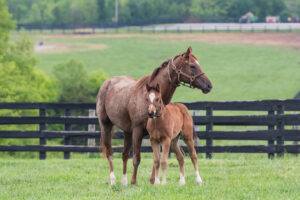
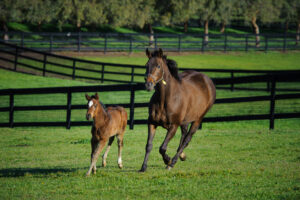
Recent Comments